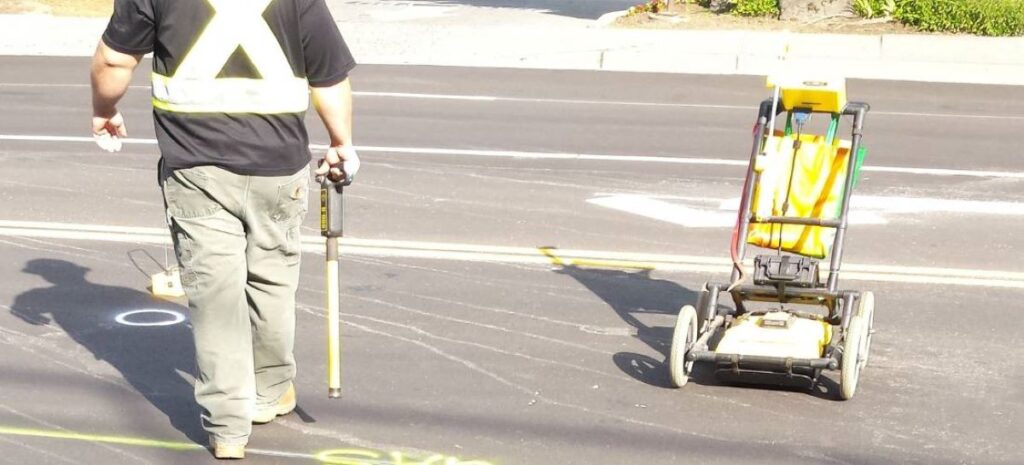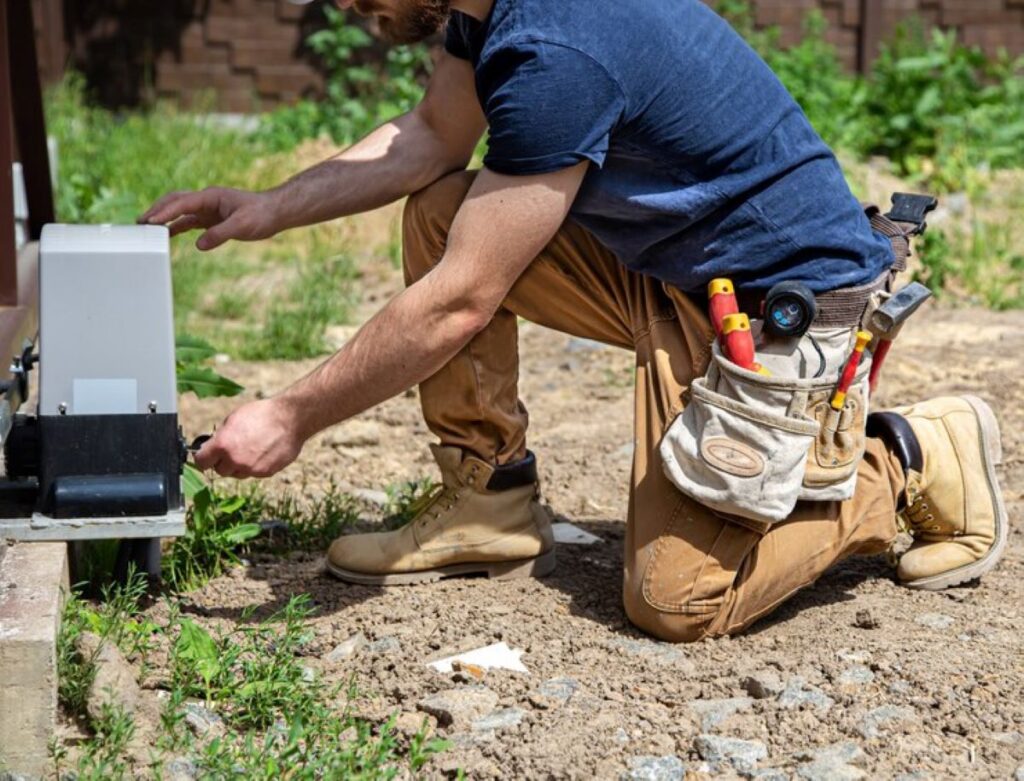In the realm of construction and infrastructure development, the importance of understanding subsurface utilities cannot be overstated. Subsurface Utility Solutions (SUS) have emerged as a vital component in enhancing project safety and efficiency. By employing advanced technologies and methodologies, these solutions not only mitigate risks but also streamline operations, ensuring that projects are completed on time and within budget.
The Importance of Subsurface Utility Mapping
Subsurface utility mapping is the process of identifying and documenting the location of underground utilities such as water, gas, electricity, and telecommunications. This practice is crucial for several reasons, particularly in urban environments where multiple utilities coexist beneath the surface.
Risk Mitigation
One of the primary benefits of subsurface utility mapping is the significant reduction in risks associated with construction activities. Accidental strikes on underground utilities can lead to severe consequences, including injuries, fatalities, and costly project delays. By accurately mapping these utilities before excavation, contractors can avoid potential hazards, ensuring a safer working environment for all personnel involved.
Moreover, understanding the precise locations of these utilities allows for better planning and execution of construction activities. This proactive approach not only safeguards workers but also protects the integrity of existing infrastructure, preventing damage that could result in expensive repairs or legal liabilities.
Enhanced Project Planning
Effective project planning is essential for successful construction outcomes. Subsurface utility mapping provides invaluable data that informs project design and execution. With detailed information about the location and depth of utilities, engineers and project managers can make informed decisions regarding the best methods for excavation and installation.
This level of detail enables teams to optimise their workflows, allocate resources more effectively, and anticipate potential challenges before they arise. As a result, projects can progress more smoothly, with fewer disruptions and delays. This not only improves overall efficiency but also enhances the likelihood of completing projects within the specified timeframe.
Technological Advancements in Subsurface Utility Solutions
The field of subsurface utility solutions has seen significant technological advancements in recent years. These innovations have transformed the way utilities are mapped and managed, leading to improved accuracy and efficiency.
Ground Penetrating Radar (GPR)
Ground Penetrating Radar (GPR) is one of the most widely used technologies in subsurface utility mapping. This non-invasive method employs radar pulses to image the subsurface, allowing for the detection of various utilities without the need for excavation. GPR can identify the location, depth, and even the material of underground utilities, providing critical data for construction teams.
By utilising GPR, project managers can gain a comprehensive understanding of the subsurface environment, which is essential for effective planning and risk management. The ability to visualise underground utilities in real-time enables teams to make informed decisions, ultimately leading to safer and more efficient project execution.
3D Modelling and Visualisation
Another significant advancement in subsurface utility solutions is the use of 3D modelling and visualisation technologies. These tools allow for the creation of detailed, interactive models of the subsurface environment, integrating data from various sources, including GPR, electromagnetic surveys, and historical utility records.
3D modelling enhances collaboration among project stakeholders, as it provides a clear visual representation of the subsurface landscape. This shared understanding facilitates better communication and coordination, reducing the likelihood of misunderstandings and errors during construction. Furthermore, 3D models can be updated in real-time, ensuring that all parties have access to the most current information.
Case Studies: Successful Implementation of Subsurface Utility Solutions
Real-world examples illustrate the effectiveness of subsurface utility solutions in improving project safety and efficiency. Several projects across Australia have successfully implemented these solutions, showcasing their benefits.
Urban Infrastructure Development
In a recent urban infrastructure project in Sydney, a comprehensive subsurface utility mapping initiative was undertaken before the commencement of construction. By employing GPR and 3D modelling, the project team was able to identify and document the extensive network of utilities beneath the site.
This proactive approach allowed the team to adjust their construction plans accordingly, avoiding potential conflicts with existing utilities. As a result, the project was completed ahead of schedule, with no incidents related to utility strikes. The successful implementation of subsurface utility solutions not only enhanced safety but also saved the project considerable time and costs.

Road Rehabilitation Projects
Another notable example can be found in road rehabilitation projects in Melbourne. In these projects, subsurface utility mapping was employed to identify the locations of water mains, gas lines, and telecommunications cables before roadworks began.
The mapping data enabled the project team to develop a detailed construction schedule that minimised disruptions to existing services. By avoiding utility strikes, the project not only maintained safety standards but also ensured that the roadworks were completed efficiently, reducing the impact on local traffic and businesses.
Regulatory Compliance and Best Practices
Compliance with regulatory standards is a critical aspect of any construction project. Subsurface utility solutions play a vital role in ensuring that projects adhere to safety regulations and industry best practices.
Adhering to Standards
In Australia, various regulations govern the management of subsurface utilities, including the need for accurate mapping and documentation. By employing subsurface utility solutions, construction teams can ensure compliance with these regulations, reducing the risk of penalties and legal issues.
Moreover, adhering to industry best practices not only enhances safety but also fosters a culture of accountability among project stakeholders. By prioritising subsurface utility mapping and management, organisations can demonstrate their commitment to safety and quality, which can enhance their reputation within the industry.
Training and Education
To maximise the benefits of subsurface utility solutions, it is essential to invest in training and education for project teams. Understanding the technologies and methodologies involved in subsurface utility mapping is crucial for effective implementation.
By providing training programmes and resources, organisations can equip their teams with the knowledge and skills needed to utilise subsurface utility solutions effectively. This investment not only enhances project outcomes but also contributes to the overall professional development of team members.
The Future of Subsurface Utility Solutions
The future of subsurface utility solutions looks promising, with ongoing advancements in technology and methodologies. As the construction industry continues to evolve, the importance of accurate subsurface utility mapping will only grow.
Integration with Smart Technologies
One of the most exciting developments on the horizon is the integration of subsurface utility solutions with smart technologies. The rise of the Internet of Things (IoT) and artificial intelligence (AI) presents new opportunities for real-time monitoring and management of subsurface utilities.
By leveraging these technologies, construction teams can gain insights into the condition and performance of underground utilities, allowing for proactive maintenance and risk management. This level of integration could revolutionise the way subsurface utilities are managed, leading to even greater improvements in safety and efficiency.
Collaboration and Data Sharing
As the industry continues to recognise the value of subsurface utility solutions, collaboration and data sharing among stakeholders will become increasingly important. By fostering a culture of collaboration, project teams can leverage the collective knowledge and expertise of various stakeholders, leading to more effective decision-making and problem-solving.
Data sharing initiatives can also enhance the accuracy of subsurface utility mapping, as teams can access and contribute to a centralised database of utility information. This collaborative approach not only improves project outcomes but also promotes a sense of community within the construction industry.
Conclusion
Subsurface utility solutions are transforming the construction landscape by improving project safety and efficiency. Through advanced technologies such as GPR and 3D modelling, teams can accurately map and manage underground utilities, mitigating risks and enhancing project planning.

Real-world case studies demonstrate the tangible benefits of these solutions, showcasing their potential to save time and costs while ensuring compliance with regulatory standards. As the industry continues to evolve, the future of subsurface utility solutions looks bright, with the promise of integration with smart technologies and enhanced collaboration among stakeholders.
Ultimately, investing in subsurface utility solutions is not just a matter of compliance or risk management; it is a commitment to safety, efficiency, and the successful delivery of construction projects. By prioritising these solutions, organisations can position themselves for success in an increasingly complex and competitive industry.
More to Read : Understanding Different Methods of Underground Utility Locating
